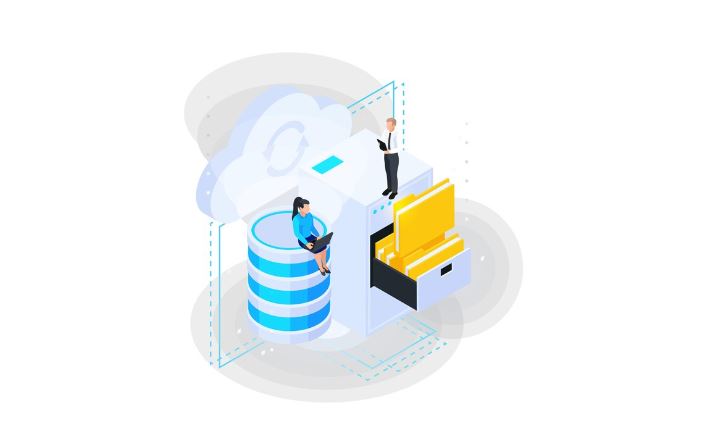In the rapidly evolving landscape of technology, edge computing stands as a transformative force, driving innovation and reshaping industries across the globe. From reducing latency to enhancing reliability, the advantages of edge computing are unlocking new possibilities and revolutionizing the way we process and analyze data. In this blog, we’ll explore how edge computing is driving innovation and transforming various industries.
- Reducing Latency, Enhancing Performance:
One of the key benefits of edge computing is its ability to reduce latency by processing data closer to where it is generated. This enables real-time or near-real-time responses in applications such as autonomous vehicles, industrial automation, and augmented reality, where split-second decisions can make all the difference. By minimizing the time it takes for data to travel to centralized data centers and back, edge computing enhances performance and ensures seamless user experiences.
- Enhancing Reliability and Resilience:
Edge computing distributes computing resources across multiple edge devices or servers, reducing the risk of single points of failure. This enhances the reliability and resilience of applications, especially in mission-critical scenarios where downtime is not acceptable. By processing data locally at the edge, organizations can ensure uninterrupted operations and maintain high levels of service availability, even in the face of network disruptions or hardware failures.
- Optimizing Bandwidth Usage:
Edge computing optimizes bandwidth usage by processing data locally at the edge, reducing the amount of data that needs to be transmitted over the network to centralized data centers. This not only reduces network congestion but also lowers bandwidth costs, especially in scenarios with limited or expensive network connectivity. By minimizing the need for large-scale data transfers, edge computing enables more efficient use of network resources and improves overall network performance.
- Enabling Real-Time Analytics and Insights:
Edge computing enables real-time data analysis and decision-making at the edge of the network, without the need to send data to centralized data centers for processing. This enables organizations to extract insights and take action on data more quickly, leading to better operational efficiency and business outcomes. From predictive maintenance in manufacturing to personalized recommendations in retail, edge computing empowers organizations to harness the power of data in real-time and drive informed decision-making.
- Fueling Innovation Across Industries:
Edge computing is fueling innovation across a wide range of industries, from healthcare and finance to transportation and agriculture. In healthcare, edge computing enables remote patient monitoring and telemedicine, improving access to healthcare services and enhancing patient outcomes. In finance, edge computing facilitates high-frequency trading and fraud detection, enabling faster transactions and better security. In transportation, edge computing powers autonomous vehicles and traffic management systems, reducing congestion and improving road safety. In agriculture, edge computing enables precision farming and crop monitoring, optimizing resource usage and maximizing yields.
Conclusion:
In conclusion, edge computing is driving innovation and reshaping industries by reducing latency, enhancing reliability, optimizing bandwidth usage, enabling real-time analytics, and fueling innovation across various sectors. As organizations continue to embrace edge computing technologies, they will unlock new opportunities for growth, efficiency, and competitiveness in an increasingly connected and data-driven world. By harnessing the power of edge computing, organizations can stay ahead of the curve and thrive in the digital age.

